The most impressive banknote I have ever seen is the 500 ruble note produced by the Imperial Bank of Russia between 1905 and 1912. About four times the size of a modern £50 note, it is magnificently emblazoned with a portrait of Peter the Great and a profusion of cupids and classical pillars. It looks as high-denomination money should look – luxuriant, confidence-inspiring and valuable.
Appearances can, of course, be deceptive. My Russian wife’s great-great-grand-father, the owner of the Volga Bread Bank of Saratov, unwisely chose to keep his considerable savings in the form of trunkloads of such 500 ruble notes. Sadly for the banker (and for his descendants), after the revolution those bills ceased to be worth the paper on which they were printed. By the time those ancestral stacks of rubles finally went up in flames in a dacha fire in 1993, no fewer than five subsequent versions of Soviet and post-Soviet rubles had come and gone, every old issue abruptly consigned to instant worthlessness by the stroke of a central banker’s pen.
An image of that handsomest of banknotes adorns the cover of Ekaterina Pravilova’s history of Russia’s currency. Money may seem passive, she writes, but in truth it is ‘a silent witness to the deeds and misdeeds of its holders… Through its history intimate dramas and grand historical processes can be told.’ Sadly, Pravilova’s history of the ruble skips over its earliest days as a chopped-off piece of a Viking silver ingot (rubit, to chop, being the origin of the currency’s name). Also absent is the numismatic history of early Russia, where silver Arabic dirhams and their local copies and equivalents testified to the origins of Kyivan Rus as a major Viking entrepôt for Slavic slaves traded across the eastern Mediterranean. Pravilova – a native of St Petersburg and a professor at Princeton – picks up the story with the first moves towards the introduction of paper money by Peter the Great, who ruled from 1682 to 1725.
Peter, a great enthusiast for all things modern and foreign, became interested in the ideas of the Scotsman John Law – simultaneously the greatest financial visionary and fraudster of his age, who came close to bankrupting the French state with his experiments with government bonds and state lotteries. Peter offered him the Order of St Andrew, 200 serfs and (tellingly) 100 personal bodyguards to move to Russia, plus an opportunity to colonise Russia’s Caspian seashore and develop its maritime trade. Law declined the offer –though his Money and Trade Considered: With a Proposal for Supplying the Nation with Money was translated into Russian by a senior courtier.
It was only in 1769 that Catherine the Great introduced Russia’s first banknotes, or assignats. Accepting paper money as the equivalent of coin requires a suspension of disbelief that tests a people’s confidence in their government and sovereign profoundly. Accordingly, Catherine’s banknotes were inscribed with the motto ‘love for the fatherland works for the benefit thereof’ and the words ‘unharmed’ and ‘guards and protects’.
The bills were issued not in the name of a central bank (unlike pounds sterling) but in the name of the empress herself. By vouching for the convertibility of assignats and pledging to preserve their value, Catherine ‘endorsed the perception of [paper] rubles as the ruler’s personal promissory notes’. Significantly, the 18th-century Russian word for value (dostoinstvo) was synonymous with ‘honour’, and the term for state treasury synonymous with the empress’s personal fortune. Assignats were, Pravilova writes, ‘at once an invitation for the emperors’ subjects to participate actively in economic and political life and a declaration of unlimited autocracy’.
Despite a few inflationary wobbles caused by the expense of endless wars against the Turks (by 1772, paper ruble supply was double the amount of coinage), the Russian state generally stuck closely to the implied, and later practical, gold standard that the sovereign’s promise affirmed. Thanks to the discovery of rich gold mines in Siberia, by the end of the 19th century gold covered 150 per cent of the face value of all paper rubles in circulation.
This ultra-literal insistence on the soundness of money, however, had two major drawbacks. One was that the state banks allowed nobility to take out long-term mortgages on estates with serfs as collateral, while not allowing what today would be called leverage in the form of loans to merchants. Pravilova writes:
The government was pumping money from the accounts of all depositors to the accounts of noble borrowers. Instead of being invested in production and commerce [there was a] de facto prohibition on the crediting industry and entrepreneurship.
Russia, unlike England or the Dutch Republic, never developed fundamental financial instruments such as maritime insurance – thereby stunting attempts by the Russian American Company (Russia’s equivalent of the East India Company) to colonise Alaska and California due to a chronic lack of ships and specie. And the absence of a regulated credit market led to the strange phenomenon of Old Believers – a persecuted sect who adhered to an unreformed Orthodox liturgy – developing into Russia’s wealthiest merchant class in the late 19th century. Like Quakers or Jews in the West, Old Believers such as the Mamontovs, Morozovs, Ryabushinskys and Shchukins formed a closed system of mutual credit based on community trust.
The other major disadvantage was that Russia’s rulers became convinced that vast reserves of gold (and, later, oil) was the same as power. The reforming prime minister Sergei Witte reported to Tsar Nicholas II in 1900 that ‘Russia has never been as well-prepared for a big, all-European war as now,’ thanks to its legendary bullion stocks. That false confidence – just like Vladimir Putin’s when he calculated that Russia’s strategic wealth fund would allow him to ride out western sanctions indefinitely – did not survive contact with the enemy in 1905, 1914 or 2022.
The Soviets, in theory at least, did not believe in money at all. The USSR attempted to negate the workings of the free market altogether by regulating wages and the prices of goods and services. The result, by the 1960s, was that the economy was kept going by a vast network of fixers employed by factories to travel the country searching for raw materials and parts that would be obtained by exotic chains of barter. Ultimately the inability of the ‘wooden’ Soviet ruble to actually purchase basic goods proved fatal to the people’s confidence in the state. Catherine’s promise that the ruble, c’est moi had finally come home to roost.
Disappointingly for the general reader, Pravilova’s account is exactly what it says on the cover – not an economic history of Russia but a study narrowly focused on Russian fiscal policy. Hence we hear nothing of Egor Gaidar’s fascinating theory of the fall of the USSR being fatally linked to the price of oil, the export income which helped the Soviet state cover up the fundamental flaws of the command economy until prices crashed in the 1980s. The history also ends in 1991, depriving the reader of perhaps the most interesting period of the ruble’s life in its wild days of freedom in the 1990s. Hyperinflation, the rise of get-rich-quick schemes such as MMM, the dollarisation of the economy, the rise and fall of Russia’s banking sector, IMF bailouts and sovereign default in 1998 all lie outside the scope of the book.
Also, oddly, Pravilova fails to mention probably the most famous Russian literary episode that features rubles – the moment in Dostoevsky’s The Idiot when Nastasya Filippovna, the adopted sister of Prince Myshkin, throws a suitor’s 100,000 rubles into the fire. The destruction of the filthy lucre is Nastasya’s declaration of defiance and moral purity; the suitor Ganya’s indecorous scramble to retrieve the burning packet from the flames a symbol of his greed and corruption.
Money in Russia has always been more than just an instrument of government control and a symbol of confidence or otherwise in the state. It’s also a moral hazard, standing ready to ruin the temptation-prone Russian soul.
Got something to add? Join the discussion and comment below.
Get 10 issues for just $10
Subscribe to The Spectator Australia today for the next 10 magazine issues, plus full online access, for just $10.
You might disagree with half of it, but you’ll enjoy reading all of it. Try your first month for free, then just $2 a week for the remainder of your first year.

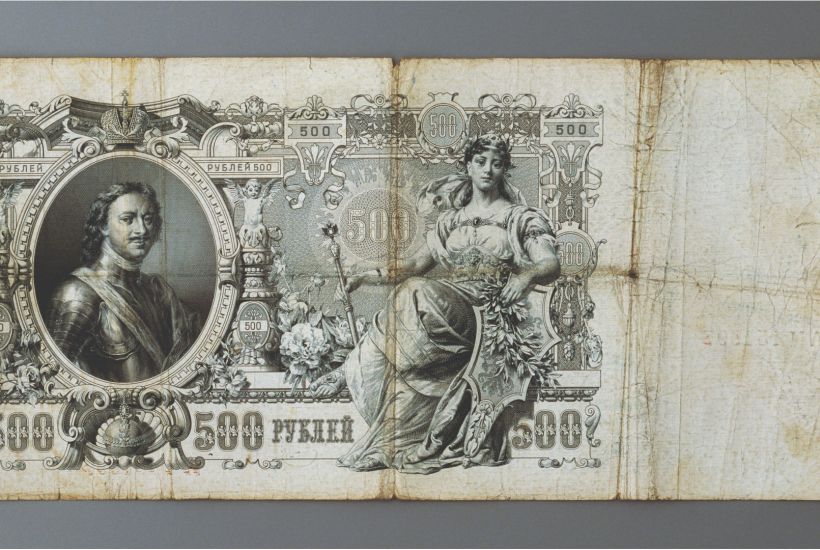
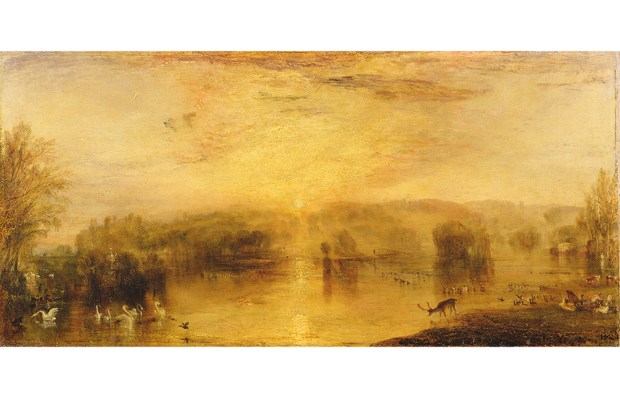
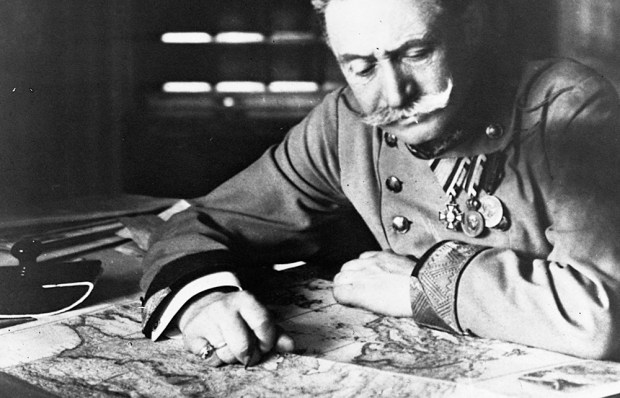


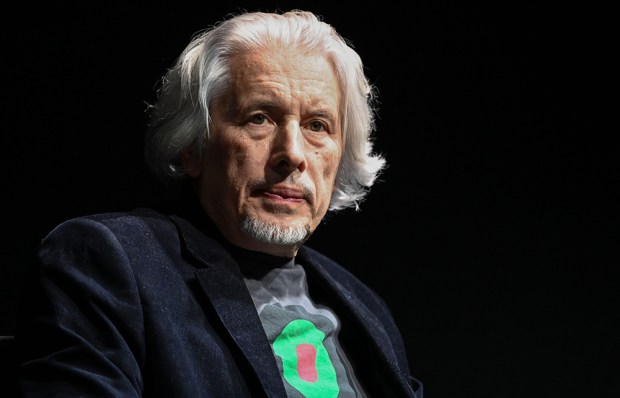
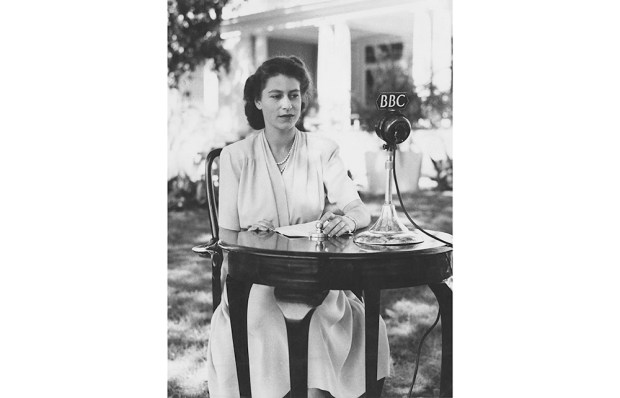






Comments
Don't miss out
Join the conversation with other Spectator Australia readers. Subscribe to leave a comment.
SUBSCRIBEAlready a subscriber? Log in